Come 6th December, national marathoner Soh Rui Yong, 24, said that due to the unpredictable and prolonged haze situation – it may not be wise to aim for a personal best timing at the upcoming StanChart Marathon Singapore 2015 (SCMS) – if you have had your training schedule regularly disrupted.
This is especially so for full marathon (42.195km) runners, whereby logging the mileage and getting in sufficient training sessions, is very important.
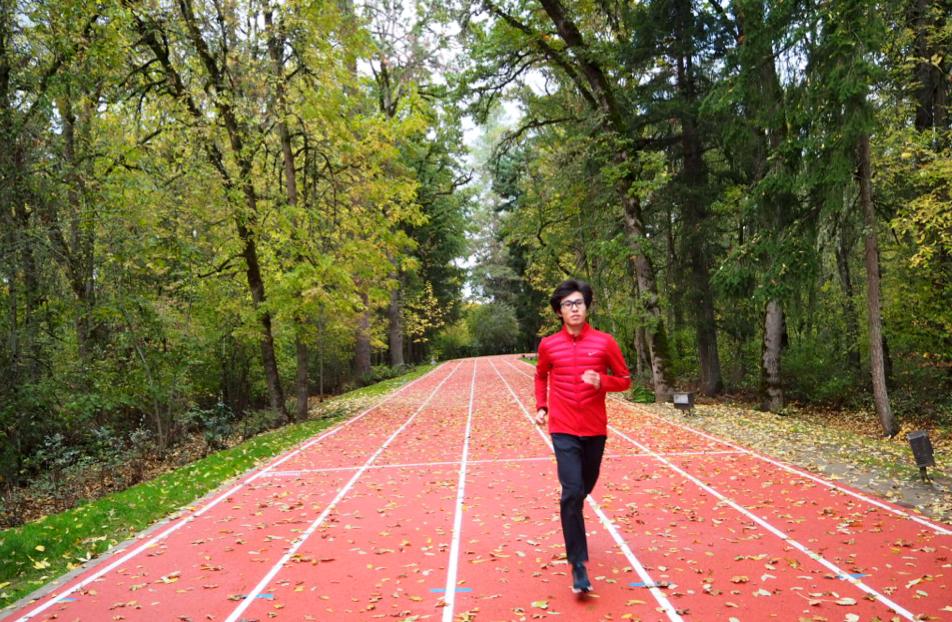
Soh Rui Yong trains on the track in Oregon.
Photo by Pam Chia
Run the race based on your body condition
The Business Administration student at the University of Oregon, USA, said, “I hope that the haze conditions clear up before SCMS for runners to get some outdoor sessions in. Due to the haze, I know that many people have had their preparations disrupted. So it will be best to run the race based on whatever condition you are in. Do not try and beat your times from last year if you are not in a good shape.”
Continued Soh, “Instead, I would say to come up with a realistic plan, given the tough conditions that runners in Singapore have been facing over the past few weeks – because of the haze.”
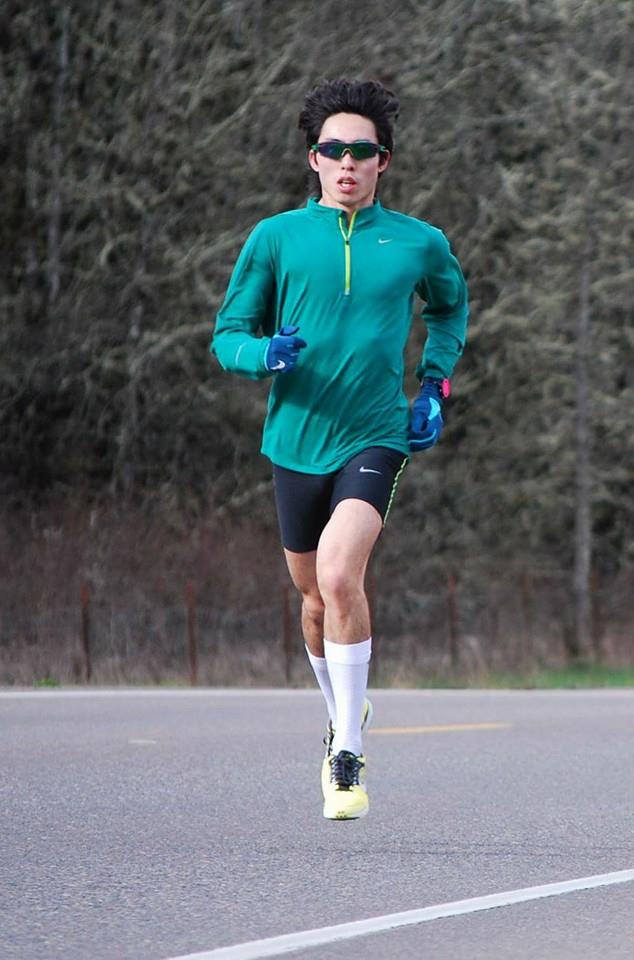
Soh running on the road.
Photo by Jordan Schilit
In this article, Singapore’s gold medallist in the 2015 South East Asia Games Marathon share some tips on how to prepare and run this year’s SCMS.
Treadmill is the best alternative in hot and hazy weather
Soh advised that running on treadmills is about the best alternative that you can get in Singapore when the PSI is high. He said, “If the weather is too hot, humid and polluted like it has been in Singapore, the gym gives you a good, controlled environment to run in. But then again, it takes external factors such as wind resistance, out of the equation – such variables can affect a runner’s pace. As well, compared to outdoor running, the treadmill surface is also very predictable to run on.”
So you should adjust your treadmill pace accordingly as you can expect to run slower outdoors compared to a treadmill, said Soh. For example, he explained that if you can run 4.00 min/km pace on the treadmill, that would be equivalent to a 4.10min/km pace outdoors, based on his own personal experiences.
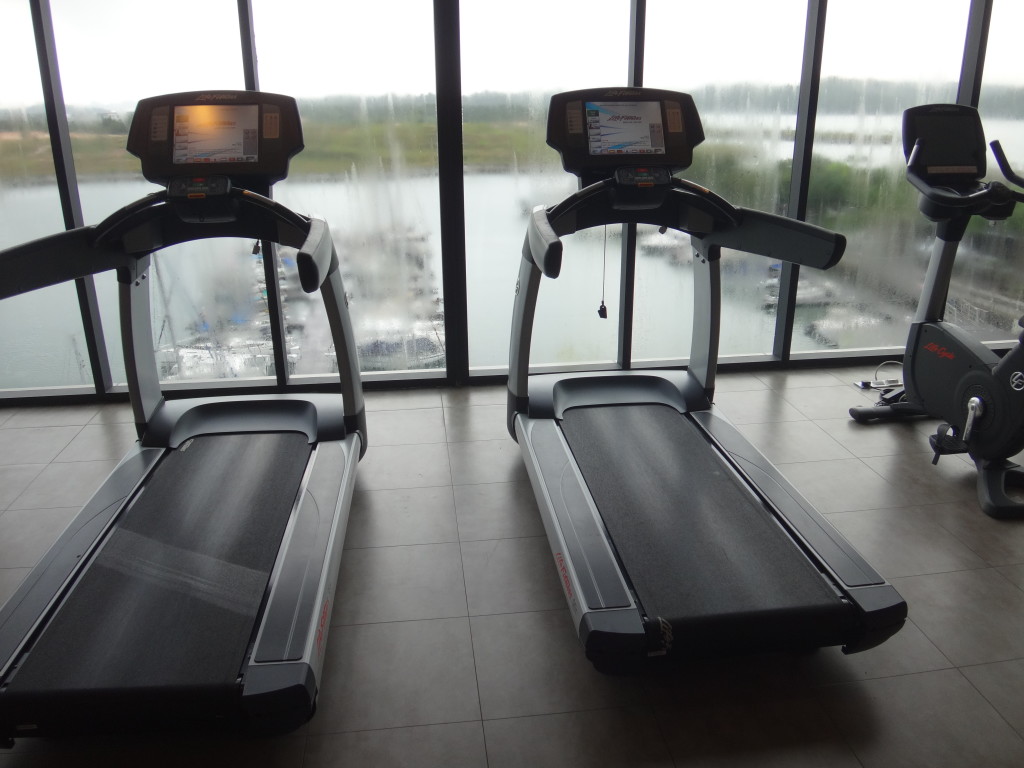
Using the treadmill is a good alternative to outdoor running during less ideal conditions.
Added Soh, “For pace work though, for example, if you want to run 10 sets of 1km intervals at a 4.00 minute pace, then the treadmill makes this easier – as all you need to do is to set the treadmill and jump on and you will be running at this pace. So it teaches the body to focus and run at the pace that you are targeting for the upcoming marathon.”
Should begin to start thinking about tapering for the marathon
The haze aside, Soh pointed out that with about one month left to go before the SCMS race, runners should begin to start thinking about tapering soon for the marathon.
Added Soh, “I still do workouts during the tapering period – but during this period, I would gradually lower the mileage that I am running. This is to make sure that I am feeling fresh for the race. For example, with three weeks left to go, I will be at 100 per cent training. Then the next week I will cut down to 60 per cent and in the final week, to 40 per cent. Then I will be good to go for the race.”
He continued, “During the tapering phase though, you cannot cut the intensity of your workouts too much. For example let’s say that I am going to run 3.20mins/km for the marathon. I cannot afford to cut the intensity as I want my body to be used to running at that pace.”
Cramming in last-minute training is a sure way to get injured
But if you have not managed to do enough long runs, Soh said that you should still taper for at least two weeks leading up to the race – as you do not want to go into the race feeling exhausted and lethargic from last-minute training.
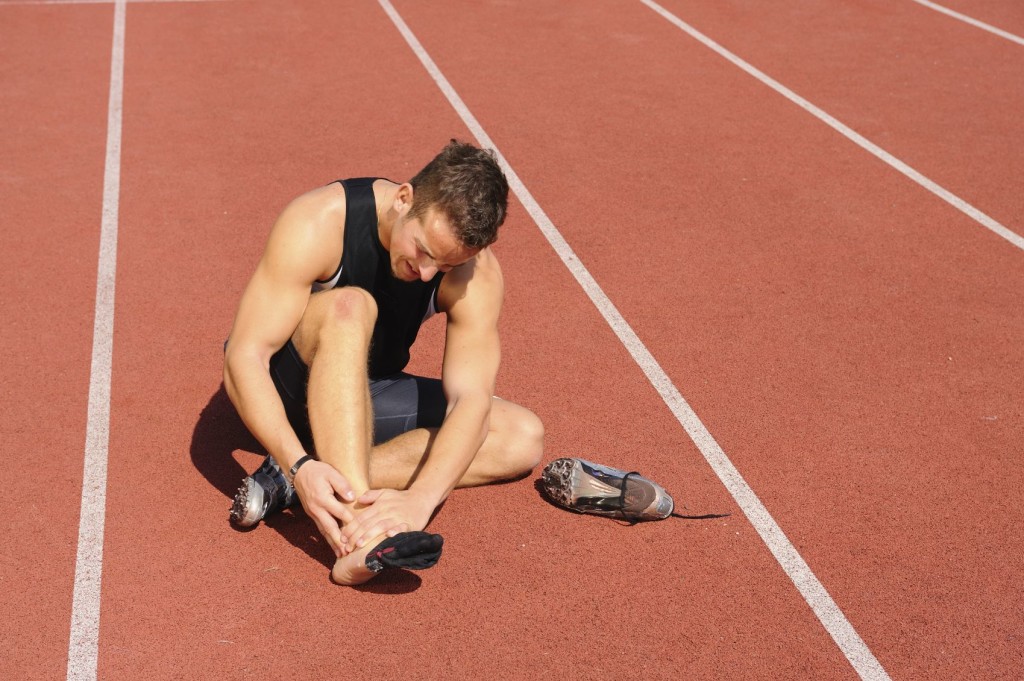
Cramming in last minute training is a sure way to get injured.
Photo by www.mamashealth.com1
Added the national marathoner, “I hope that nobody is going to go into the marathon with one month’s of training or less – as that is a bad idea! In the Singapore culture, we cram everything – from studying for exams to completing school projects and work assignments. But don’t buy into that philosophy. Training for a marathon has to be progressive. Cramming is the number one way to get yourself injured and sick. I always start my marathon cycles with 14 weeks to go and then I build it up from there.”
He continued, “For example, in August, I had just started my training cycle for my upcoming Fukuoka Marathon and I ran my 10km in 31.59 minutes. That was not good. But seven weeks later, I got better and I ran at the same pace for the Rock N Roll San Jose Half Marathon, setting a new national record in 1.07.21hours. From that race to the Fukuoka Marathon, I had 10 weeks left and I have been improving gradually week after week. So it will be quite interesting to see what I can do during this marathon.”
Do not clock more than three hours maximum on training runs
For the slower marathon runners who think they will need about six hours or more to run the marathon, Soh does not recommend that you run for five to six hours in training. He said, “I would say, do three hours maximum in training runs. Anything above that will be damaging to the body.”
Continued Soh, “When I do a long run, every step that I take after two hours of running is exponentially tiring to me. If I run for two hours or less, then I can still come back and train the next day. The long runs are good, but you also want to recover in time to do other types of training as well.”
Cross training and the benefits
Other types of training includes cross-training. Said Soh, “Personally for me, I don’t cross train – the best form of recovery is if I go out there and jog anywhere between 20 to 40 minutes. But I do know people who do cross training such as aqua jogging or swimming that takes the load off the legs but still stimulates the slow and aerobic capacity. I think Mok (Ying Ren) cross trains a lot. But it depends on personal preference and whatever works for your own body.”
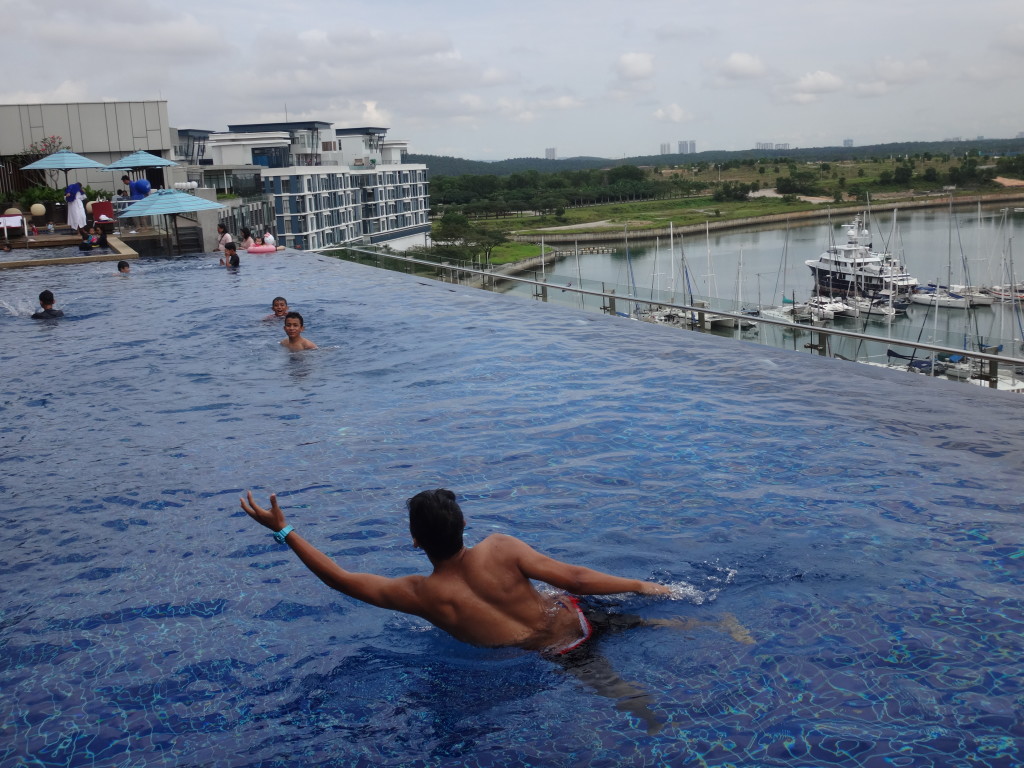
For runners, swimming in a pool is a great way to do cross-training.
Soh added, “For injury-prone people though, cross training is a good thing, as it means that you can, for example, train eight times a week and only four times is running – yet all the sessions stimulate your aerobic capacity. That is also a good alternative if you are sidelined from running. The main reasons for this are that it helps to maintain fitness and promotes recovery. It may even improve fitness.”
Start the marathon slow
On the day of the race itself, Soh suggested that you should start slowly. He added, “Start patiently and slowly. Nobody ever complains that they started a marathon too slowly. But if you got caught in the hype and started too fast, then it is really time to dial back as soon as you can, preferably within the first kilometre.”
He added, “The last thing that you want is to go out too hard – and then the final 10 to 20km will become very sore and painful.”
Fuelling and hydration
Soh also added that fuelling is very important, especially when running a marathon in Singapore’s tropical heat. For himself, he drank only about three to four times when running in the California International Marathon and completed it in 2.26 hours but drank eight times during the South East Asian Games marathon in Singapore where he famously won the gold medal.
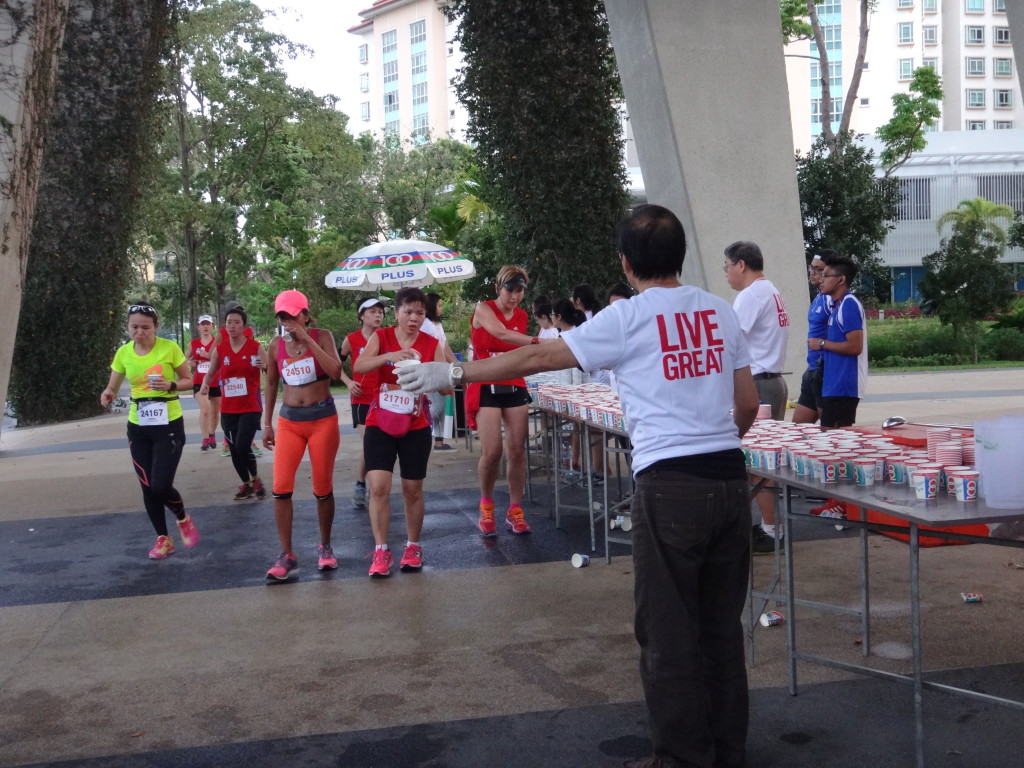
It is important for runners to hydrate themselves during a run.
Explained Soh, “When I say drink, I do not just drink water. I think that electrolytes are important too because they help to starve off cramps that will come after two hours plus of running. And make sure that you practise with the electrolyte drinks that the race is offering – as the last thing that you want is to have stomach problems from drinking a new electrolyte drink that does not agree with your body.”
Personally for electrolyte drinks though, Soh himself recommends nuun, which consist of electrolytes that come in tablet form and are easily dissolved in a cup of water offered at the aid stations. This can be purchased online at www.thecrazybadmanshop.com. Soh added, “This is light and easy on the stomach and is the drink that I am going to use for the Fukuoka Marathon in Japan.”
Soh also recommended hydrating regularly, at a maximum of every 5km apart. He said “Drink as much as you can during the marathon. You’ve already paid for the water in your registration fees anyway, so just take it.”
When it was pointed out that the hydration stations at the SCMS will probably be an average of 2.6km apart, Soh added that the more you hydrate, the better it will be, but make sure that you practise hydrating regularly during your training runs if you are aiming to do the same on race day. He added, “Make sure that it works in your stomach and that you are not getting stitches or gulping down too much at one go as that will lead to problems later on. If you get a stitch at say, 15km into the race, then it is going to be a very long race.”
Over-hydration, Soh explained, probably won’t be a problem in Singapore’s hot climate, but he added that this usually happens when you take in too much water and insufficient electrolytes. So this is why he can’t stress more, the importance of taking electrolytes when you are running such long distances. Said Soh, “Taking in too much water will be be counter-productive as you are diluting your electrolyte content or blood sugar and that makes it hard for your body to operate, thus you get over-hydration. But if you take in electrolyte drinks, you are keeping the balance there. And you are sweating so much especially when running in Singapore, so you are not going to over-hydrate.”
Energy Gels
Consuming energy gels are also good for fuelling – besides taking electrolytes. This is because they are able to provide runners with a quick burst of energy, as the body is not able to store enough glycogen to take you through a 42.195km marathon.
For Soh himself, he took three gels during the South East Asia Games marathon – roughly after every 30 to 45 minutes of running – and that had worked very well for him. He added, “That is one reason why I could finish really strong because I was pretty well hydrated and my sugar levels are high enough, So I recommend taking gels every 45 minutes if you are racing in a hot and humid climate like Singapore.”
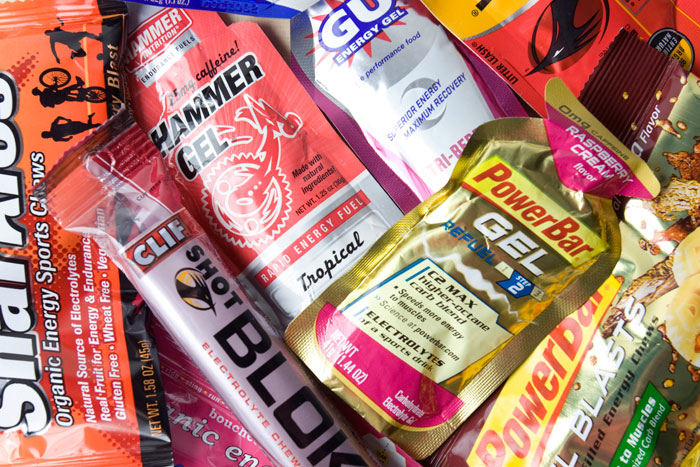
Gels are also an important fuel for runners.
Photo by running.competitor.com
The SCMS will most likely be serving GU gels, but if these do not agree with your stomach, Soh recommended that you take your own gels along. He said, “If you really like a certain brand of gels that is not being given out during the race, put some in your running shorts pocket – otherwise it might be something that you regret. I know elite runners who go out there and carry their own gels.”
Soh’s personal favourite for gels is the Science in Sport (SIS) brand, as these are light on the stomach and they can easily be ingested without having to drink water afterwards.
Stick to the tried and tested
But whatever your fuelling strategy will be on race day, Soh said that it is very important to try this out in the next couple of weeks – so that you will not be hit by unexpected problems such as stomach cramps and indigestion, on the day of the race.
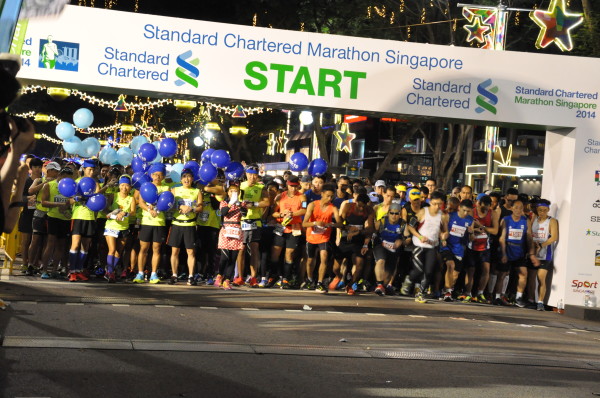
Never try anything new on the day of a marathon race.
Sticking to the tried and tested though, also refers to other aspects of the marathon such as your running attire and the pair of shoes that you will wear on race day. The last thing that you want is to learn about this the hard way – like sustaining a bad case of blisters from wearing a brand new pair of shoes during a marathon race.

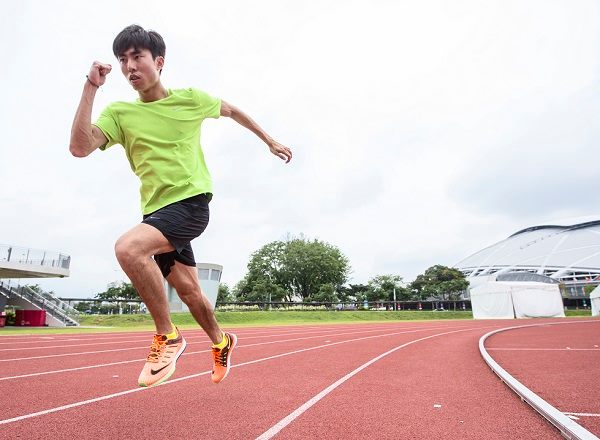
Leave a Comment